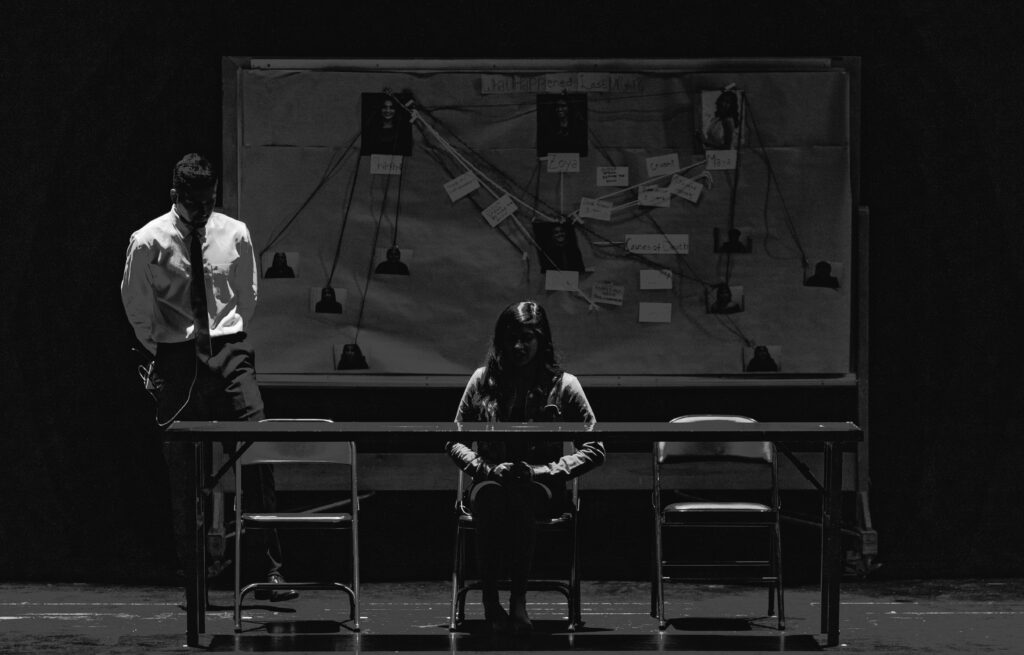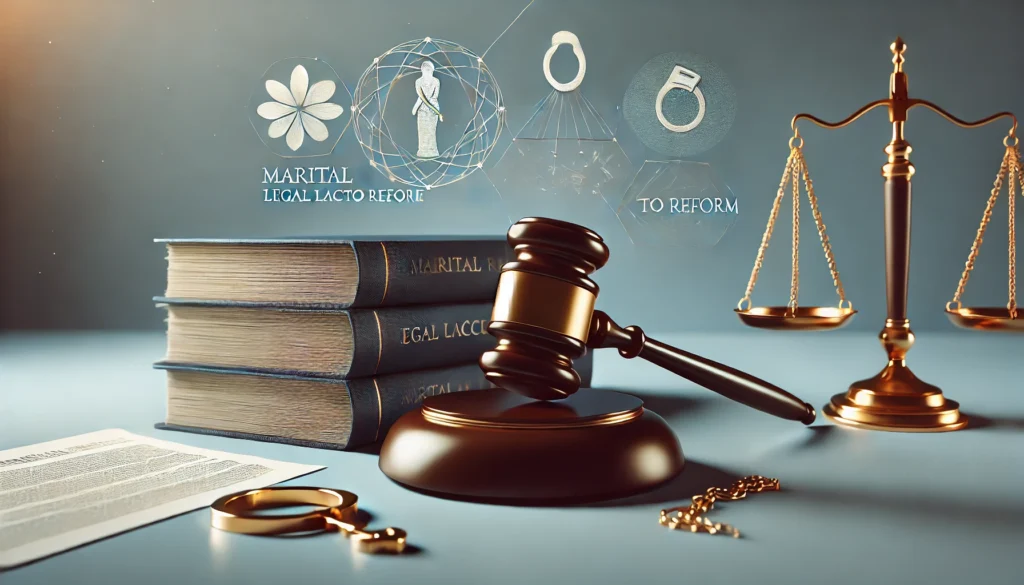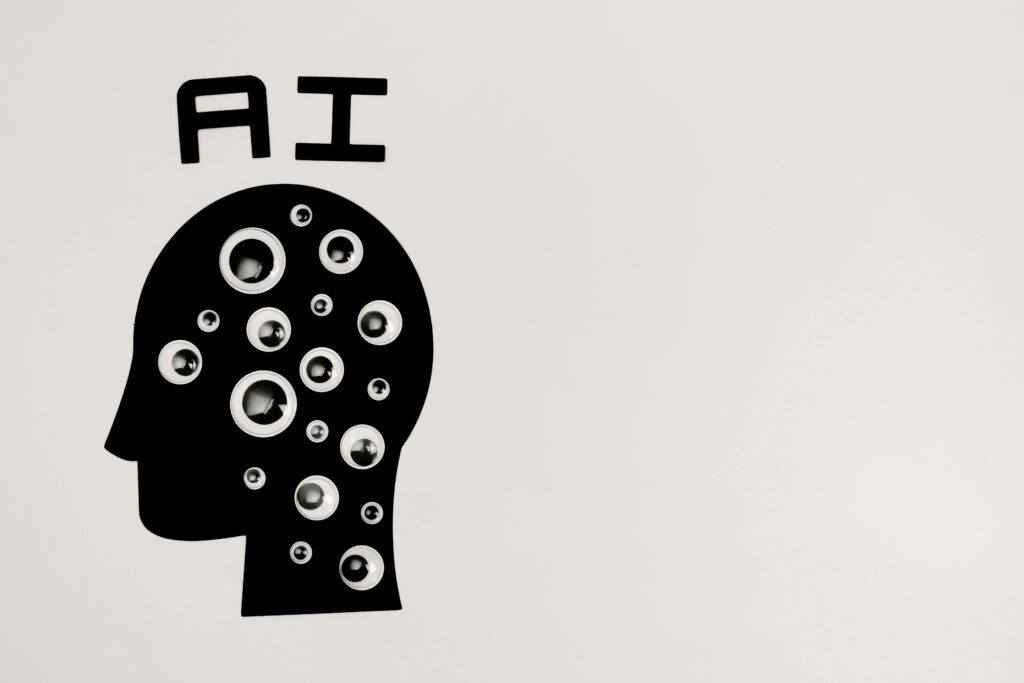Published On: 9th September, 2024
Authored By: Dimpal Sharma
Jaipur National University, Jaipur Rajasthan
This article talks about how all individuals are equal before the law and have the right to equal protection of the laws, regardless of race, gender, religion, or caste.
-
Introduction:
The right to equality is a foundational principle enshrined in the Indian Constitution to safeguard fairness and justice for all individuals. This article aims to explore the multifaceted aspects of the right to equality within the framework of Indian laws.
-
Historical background
As everyone is aware about the right to equality and this is also necessary to have this fundamental right but as in the historical period there was no equality as such to be in the ancient period the person who have the power will be the ruler and the other person who is weak will automatically being a servant of the powerful ones after that this fight of powerful and weaker section became a tradition of the state but after the state accepting the democracy system this tradition got change and everyone being equal in the eyes of laws and the right of equality basic feature of Indian constitution.
-
Constitutional Provisions:
– Article 14 the state shall not deny to any person equality before the law or the equal protection of the laws with in the territory of India[1]. The Constitution of India guarantees equality before the law and equal protection of laws to all individuals.
Bas basically Article 14 is the feature of the constitution in the case of Indira Nehru Gandhi versus Raj Narayan 1975 it was held by the Supreme Court that Article 14 can not be this word destroyed by the procedure of amendment as prescribed under article 368.
-
In article 14 there is a doctrine of reasonable classification
Reasonable classification is a legal concept in Indian constitutional law that refers to the power of the state to classify individuals or groups for the purpose of legislation or policy-making. The concept is based on the idea that the state can differentiate between individuals or groups based on reasonable and rational criteria, as long as the classification is not arbitrary or discriminatory.
The Supreme Court of India has laid down several guidelines for reasonable classification:
- The classification must be based on a reasonable and rational criterion.
- The classification must be related to the purpose of the legislation or policy.
- The classification must not be arbitrary or discriminatory.
- The classification must not violate the fundamental rights of individuals.
The court has also emphasized that the state has a wide range of discretion in matters of classification, but this discretion is not unlimited. The court will intervene if the classification is found to be unreasonable, arbitrary, or discriminatory.
Reasonable classification is used in various areas, such as:
- Taxation: The state can classify taxpayers based on their income, occupation, or other criteria for taxation purposes.
- Education: The state can classify students based on their merit, income, or social status for admission to educational institutions.
- Employment: The state can classify employees based on their qualifications, experience, or other criteria for job recruitment or promotion.
- Healthcare: The state can classify patients based on their medical condition, age, or other criteria for access to healthcare services.
-
Cases of Equality with reasonable classification
K A. Abbas versus Union of India 1971[2]
The Supreme Court held that the government has the power to censor films, but this power must be exercised reasonably and not arbitrarily. The censorship guidelines must be clear and specific, and the decision to censor a film must be based on valid reasons. The filmmaker has the right to freedom of speech and expression, but this right is not absolute and can be restricted in the interest of public order and morality.
The court also laid down guidelines for film censorship, including the importance of considering the artistic and literary merit of a film, the intention of the filmmaker, and the impact on the audience.
This judgment has had a significant impact on the film industry in India, shaping the contours of film censorship and the balance between artistic expression and public morality.
- Article 15 the State shall not discriminate against any citizen on grounds only of religion, race, caste, sex, place of birth or any of them. Also this article can’t be violated by applying the principle of reasonable -classification U/A 14[3].
In the case of Bombay versus Bombay education society 1954[4]
This case was based on when a student is not known with other languages, it dealt with the issue of minority rights to administer educational institutions. The court held that the state cannot impose unreasonable restriction on the right of minorities to establish and administer educational institutions of their choice.
In the case of DP Joshi versus the state of MP 1955[5]
In this case, the court held that if a person is discriminated on the grounds of residency it not my violet the article 15 as well because the article mention in it place of birth in these grounds the grounds of residency is not violating article 15.
-
Exception of Article 15
Article 15 does not prevent the state for from making any special laws for women and children’s the constitution of India was amended for the first time in the year of 1951 resulting into the insert article 15(4)
It’s stated that any state can make special provisions for advancement of the socially and educationally backward classes of the society
-
Case which are challenging doctrine of reasonable classification
State of Madras vs. champakam Dorairajan 1951[6]
The order of Madras government which reserve the seats getting rise on the basis of religion race was declared null and void as it was violative of article 15 clause 4 basically it says that no person have authority to classify in any circumstances.
Yusuf Abdul Aziz versus state of Bombay 1954[7]
This case was based on adultery it was held in the case that section 495 of IPC 1860 which punished only men to be guilty of the offence adultery was palette classification whoever the this things was overold supreme court and today even women can be convicted according supreme court judgement.
-
The concept of backward and more backward classes
This concept is not defined in the constitution article 340 of Indian constitution has empowered the president of point the commission to investigate to the condition of socially and educationally backward classes.
In the case of MP Balaji versus state of Mysore 1963[8]
The Supreme Court held that the Mysore government by reservation policy had reserve 68% seats which were violating of article 15(4) and hence such reservation was cancelled.
In the case of Dr Nilima versus TPG studies AP agriculture University Hyderabad 2002[9]
In this case supreme court held at if a girl belongs to a higher class marry is a boy belongs to SC or St then she is not entitle to get benefits of reservation but their child will be able to claim those benefits.
-
Judicial Interpretations:
– The judiciary, particularly the Supreme Court of India, has been instrumental in interpreting and safeguarding the right to equality through landmark judgments.
Cases like Maneka Gandhi v. Union of India 1978[10]
Maneka Gandhi, a female officer in the IAF, was commissioned as a Short Service Commission (SSC) officer in 1973. At the time, SSC officers were entitled to serve for a maximum of 5 years, whereas Permanent Commission (PC) officers could serve up to the age of 60.
Maneka Gandhi challenged the IAF’s policy of not granting PC to female officers, arguing that it was discriminatory and violated her fundamental right to equality under Article 15 of the Constitution.
The Supreme Court held that the IAF’s policy of not granting PC to female officers was discriminatory and violated Maneka Gandhi’s right to equality. The court ruled that gender cannot be a disqualifying factor for granting PCs, and that female officers are entitled to equal treatment and opportunities in the IAF. The court directed the IAF to grant PC to Maneka Gandhi and other eligible female officers.
In the case of Vishakha v. State of Rajasthan 1997[11]
Vishakha, a social worker, filed a petition against the State of Rajasthan, alleging that she was sexually harassed by a superior officer at her workplace.
She challenged the lack of adequate measures to prevent and address sexual harassment at the workplace.
The Supreme Court held that sexual harassment at the workplace is a violation of a woman’s fundamental right to equality under Article 15 of the Constitution.
The court laid down guidelines for employers to prevent and address sexual harassment,
Creating a committee to investigate complaints, providing a safe working environment, implementing measures to prevent sexual harassment, the court also directed the State of Rajasthan to implement these guidelines.
-
Affirmative Action:
– Affirmative action policies, such as reservations based on caste (Scheduled Castes, Scheduled Tribes, and Other Backward Classes), aim to address historical injustices and provide marginalized communities with equal opportunities.
Affirmative action, in the context of the right to equality, refers to measures taken by the state to address historical and systemic discrimination faced by marginalized groups, such as scheduled castes, scheduled tribes, women, and other backward classes. These measures aim to promote equality and equal opportunities for these groups in education, employment, and other areas.
Affirmative action includes:
- Reservations (quotas) in educational institutions and government jobs.
- Preferential treatment in promotions.
- Special schemes and programs for economic empowerment.
- Targeted scholarships and financial assistance.
The objective of affirmative action is to:
- Redress past injustices and discrimination.
- Promote diversity and inclusion.
- Foster equal opportunities and representation.
- Address socioeconomic disparities.
In India, affirmative action is grounded in Article 15(4) and Article 16(4) of the Constitution, which enable the state to make special provisions for the advancement of marginalized groups. However, the Supreme Court has also emphasized that affirmative action should be rational, fair, and not perpetuate inequality.
-
Contemporary Challenges:
– Emerging challenges to the right to equality include gender inequality, LGBTQ+ rights, and economic disparities that impede the realization of true equality in society.
– Ensuring inclusivity and non-discrimination in the face of evolving societal norms and technological advancements remains a pressing concern.
The Mandal Commission’s recommendations were upheld and implemented in the landmark Supreme Court case of Indra Sawhney vs. Union of India (1992)[12].
In this case, the Supreme Court:
Upheld the 27% reservation for Other Backward Classes (OBCs) as recommended by the Mandal Commission, Laid down the criteria for identifying backward classes, Established the concept of “creamy layer” to exclude socially advanced individuals from reservation benefits. Capped the total reservation at 50% (including SC/ST and OBC reservations)
The Indra Sawhney judgment paved the way for the implementation of the Mandal Commission’s recommendations, which has had a significant impact on India’s reservation policy and affirmative action programs.
-
Conclusion:
The right to equality serves as a cornerstone of Indian laws, fostering a society based on justice, dignity, and equal opportunities for all. By examining the constitutional provisions, judicial interpretations, affirmative action measures, and contemporary challenges, it is evident that upholding the right to equality is essential for building a harmonious and equitable society in India. The right to equality is a fundamental human right that is essential for building a just and equitable society. The Indian Constitution guarantees this right through various provisions, including Article 15, which prohibits discrimination on grounds of religion, race, caste, sex, and place of birth. The courts have consistently interpreted these provisions to protect the rights of marginalized communities and promote substantive equality. However, despite these legal protections, inequality and discrimination continue to persist in Indian society. Therefore, it is essential to continue to advocate for the right to equality and to work towards creating a society that values diversity and promotes equal opportunities for all. Ultimately, the right to equality is not just a legal right, but a fundamental human right that is essential for human dignity and well-being.
Reference(s):
[1] The Constitution of India, Art 14 (1950)
[2] KA Abbas v. Union of India(1971) 2SCC 777
[3] the constitution of India, art 15(1950)
[4] State of Bombay v. Bombay Education Society (1954) SCR 561
[5] DP Joshi v. State of Madhya Pradesh (1955) 1 SCR 1215
[6] State of Madras v. champakam Dorairajan(1951)SCR 525
[7] Yusuf Abdul Aziz v. State of Bombay (1954) SCR 561
[8] MP Balaji v. State of Mysore (1963) SCR 948
[9] Dr. Nilima v. TPG Studies, AP Agriculture University, Hyderabad(2002) 3 SCC 713
[10] Maneka Gandhi v. Union of India(1978) 2SCC 248
[11] Vishakha v. State of Rajasthan (1997) 6 SCC 241
[12] Indra Sawhney v. Union of India (1992) 3 SCC 217




